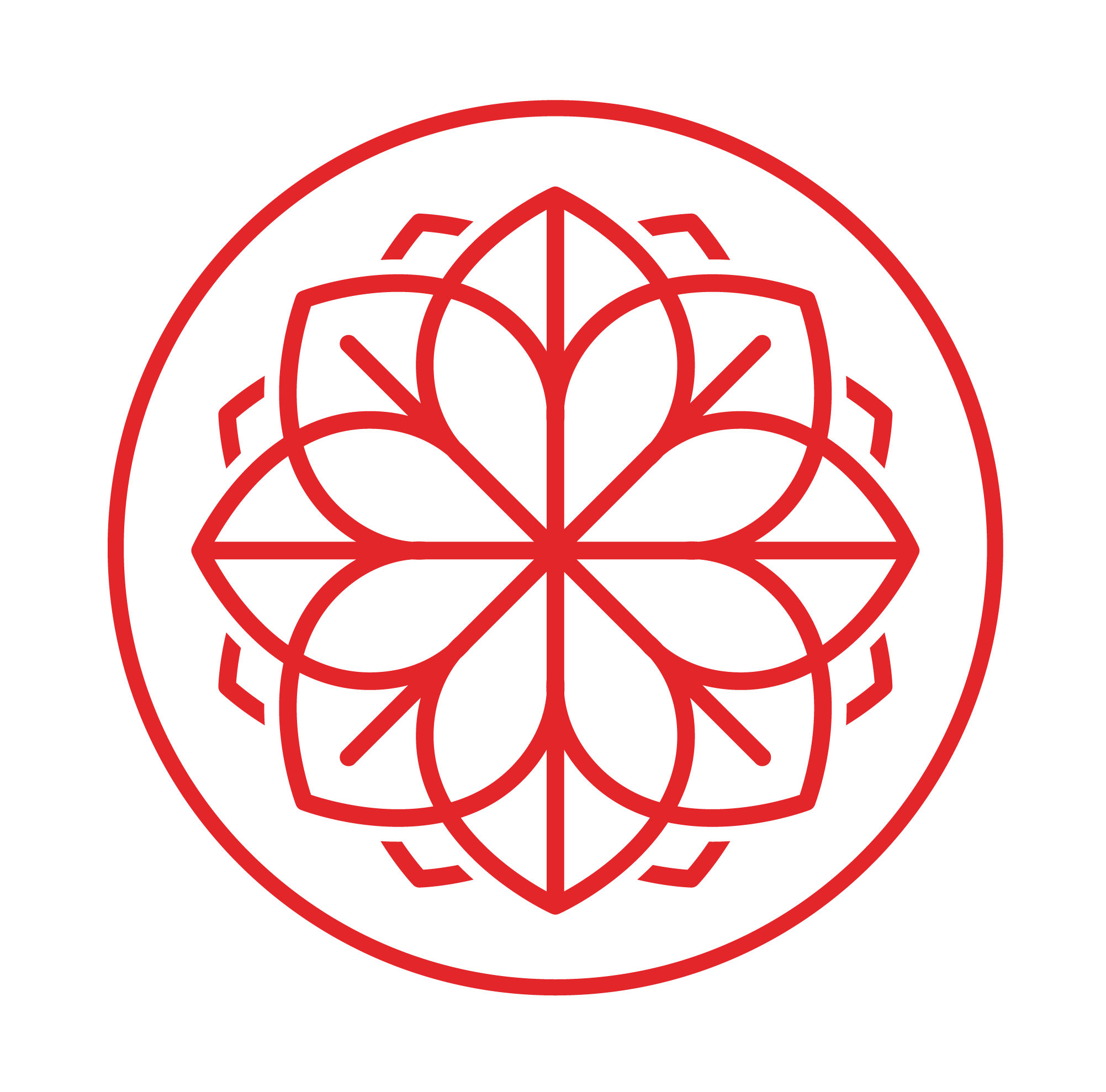Even on the best of days, our bodies are working against the external effects of the environment to maintain the internal balance between hot and cool. In TCM, there are 6 environmental factors that contribute to illness when the body is unable to adapt to environmental changes, and two of them are called pathogenic summer heat, or summer heat syndrome, and pathogenic dampness. There are many symptoms of summer heat syndrome and dampness, and they can be treated by various cooling foods and beverages, and by various heat reducing exercises.
Summer heat syndrome and dampness, relating to yang, occurs between the Summer and Autumn solstice, and can be caused by either extreme temperatures, or the body’s inability to adjust to temperature changes. Summer heat and dampness symptoms, associated with yang, include:
Nausea/diarrhea
Confusion/dysphoria
Fever/dizziness
Lethargy
Sweating
Reddish complexion
Thirst, especially for cold beverages
Whole body heaviness or heaviness of the arms and legs
While these symptoms are uncomfortable, they should not be confused with symptoms of heat stroke, which is to be taken more seriously. If you are experiencing a temperature of 104 degrees and a rapid heart rate, seek medical help, as heat stroke can be life threatening.
Cooling Foods
In summer, we crave cooling foods and instinctually are disinterested in greasy or heavy foods. Avoid foods like deep-fried foods, chocolate, durian, jackfruit, coconut meat, and cherries. There are also certain herbs and spices to avoid, as they create too much heat. These include cayenne, chili peppers, and mustard seed. Replace salts with electrolytes and drink plenty of water. Avoid sugary beverages, alcohol, and caffeinated beverages. Below are foods recognized by TCM as being cooling on hot days:
Watermelon: Contains vitamins, simple sugars, and water to help cool the body. Eat close to the rind, as it contains diuretics that help alleviate symptoms of dampness.
Cucumber: Since cucumbers are mostly water, they are great for cooling the body. Add to water with a slice of lemon or to a salad.
Mint: Can alleviate heat in the head and chest. It is best consumed cold.
Blueberries: Clears heat and expel dampness.
Hibiscus: Known to be cooling, and hydrating when enjoyed in a beverage. Try Rishi Tea & Botanicals Blueberry Hibiscus Rooibos tea, and enjoy either how or cool.
Mung Beans: Regulates body temperature, clears toxins, balances the skin and organs, and tonifies Qi. Enjoy cooked in a soup, or raw on a salad.
Lettuce: Most leafy greens and veggies are good for cooling the body due to the high quantity of water.
Water Chestnuts: Contain high levels of water and are best enjoyed in stir frys with other veggies.
Hot Tea: Though this sounds contradictory, a cup of warm liquid actually helps cool the body because the heat causes the body to sweat, and the sweat evaporation cools the body. Cold beverages lowers body temperature, but then the stomach works harder to digest, heating the body back up and causing dehydration. Recipe for Mint and Chrysanthemum tea below.
Exercises to Avoid Excess Heat
Exercise is important, but over exertion in the heat contributes to depletion of Qi, and can stimulate summer heat syndrome. The best exercises for working out in the heat are ones that do not raise heart rate or cause excessive sweating. These exercises include yoga, tai chi, and qigong. Remember to drink plenty of water and if exercising outside, find a shaded area to keep the body as cool as possible. Being, exercising, and playing in water (think: swimming) is also very beneficial to cool the body during the summer.
Beverage Recipes and Mocktails
Mint Chrysanthemum Tea
1 handful of dried mint
1 handful of friend chrysanthemum flowers
Preparation:
Add herbs to 3 quarts of water ad bring to a boil.
Reduce heat to a simmer for 15 minutes.
Add honey to taste, strain, and refrigerate.
Drink cool or at room temperature.
Rishi Tea’s Saltea Watermelon Mocktail
1.5 oz tequila blanco- leave this ingredient out to make a mocktail
1.5 oz Rishi Tea & Botanicals Moonlight Jasmine Watermelon Juice
3 dash rhubarb bitters
Grapefruit Quince Sparkling Botanical
Lime wedge
Preparation:
In shaker, combine tequila (optional), Moonlight Jasmine Watermelon Juice, rhubarb bitters, and ice, and shake for 10 seconds.
Strain into salt-rimmed glass with fresh ice and fill with Grapefruit Quince Sparkling Botanicals.
Garnish with lime wedge.
Rishi Tea & Botanicals Moonlight Jasmine Watermelon Juice
Brew 5g Moonlight Jasmine Tea, and add strained watermelon juice.
Let infuse for a couple hours.
Add to sparkling water and garnish with a lime wedge for a simple mocktail.
Relief with Acupuncture
Acupuncture can help alleviate symptoms of summer heat syndrome by regulating body temperature and decreasing inflammation. Acupuncture can also help ease any digestive issues caused by overheating, and bring the body back into homeostasis.
The best way to beat the heat is to drink plenty of water, stay shaded, do not overexert, and consume foods and beverages that are cooling. Watermelon and blueberries, mint, and other water dense foods will hydrate and cool the body and reduce dampness. To avoid dehydration brought on by alcohol consumption, try a mocktail with cooling ingredients like mint and watermelon. Listen to your body; if your heart rate increases and you begin sweating excessively, you may be experiencing heat stroke and should reach out to your health care provider.
References
“Eat with the Seasons: Summer”. Retrieved from https://fiveseasonstcm.com/blogs/traditional-chinese-medicine-101/eat-with-the-seasons-summer?_pos=3&_sid=2c0ab877c&_ss=r.
“Saltea Watermelon”. Retrieved from https://journal.rishi-tea.com/saltea-watermelon/.
Camire, Alison. “Combat Summer Heat and Humidity with Traditional Chinese Medicine”. Retrieved from https://www.northshoreacupunctureandnaturalmedicine.com/north-shore-acupuncture-blog/foods-summerheat.
“TCM for Summer Heat”. Retrieved from https://myartofwellness.com/health-well-news/tcm-for-summer-heat/.
“What is ‘Summer Heat’?” Retrieved from https://fiveseasonstcm.com/blogs/traditional-chinese-medicine-101/what-is-summer-heat#:~:text=Summer%2Dheat%20disperses%20and%20elevates,thirst%20and%20reddish%2Fscanty%20urine.
Gonzalez, Kris. “Late Summer & The Earth Element”. Retrieved from https://www.thewayofyin.com/blog/late-summer-and-the-earth-element?rq=summer%20heat%20.
Gonzalez, Kris. “Summer Living & Chinese Medicine”. Retrieved from https://www.thewayofyin.com/blog/summerlivingchinesemedicine?rq=summer%20heat%20.
Nowakowski, Rachel. “Summer Heat Syndrome: Five Ways to Stay Cool!” Retrieved from https://daoisttraditions.edu/stay-cool/.

